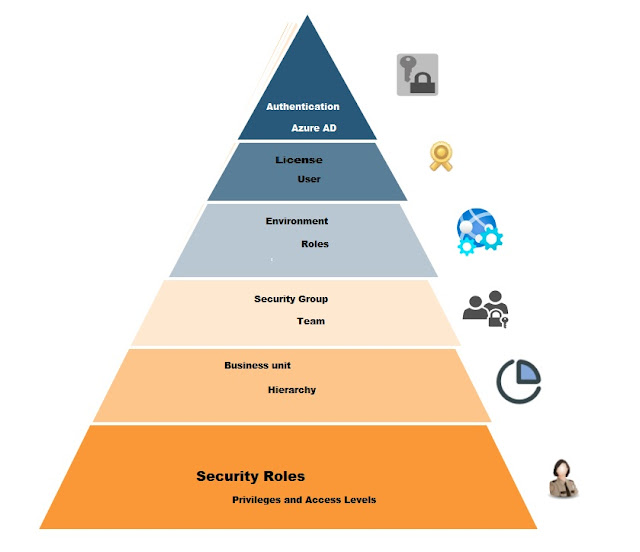PL400 : configure columns (Implement tables and columns)

Columns are commonly known in architecture and structural engineering as pillars that support houses and walls. In architecture, "column" refers to a structural element that also has some proportionate and decorative features. This is how columns in database tables work. Columns are a way to store a discrete piece of information within a record in a table. In the Dataverse, Columns define the individual data items that can be used to store information in a table. There are three type of column in the Dataverse: Standard Column Managed Column Custom Column Standard Column: When we create the table, 19 columns are created by the system and those columns cannot be deleted. All these columns are managed by the system. Managed Column: Managed Solutions allow the developer to use Managed Properties to "lock down" certain features or definitions of objects in CRM to prevent end users from introducing problems or altering the product in an undesired way. Custom Column:






